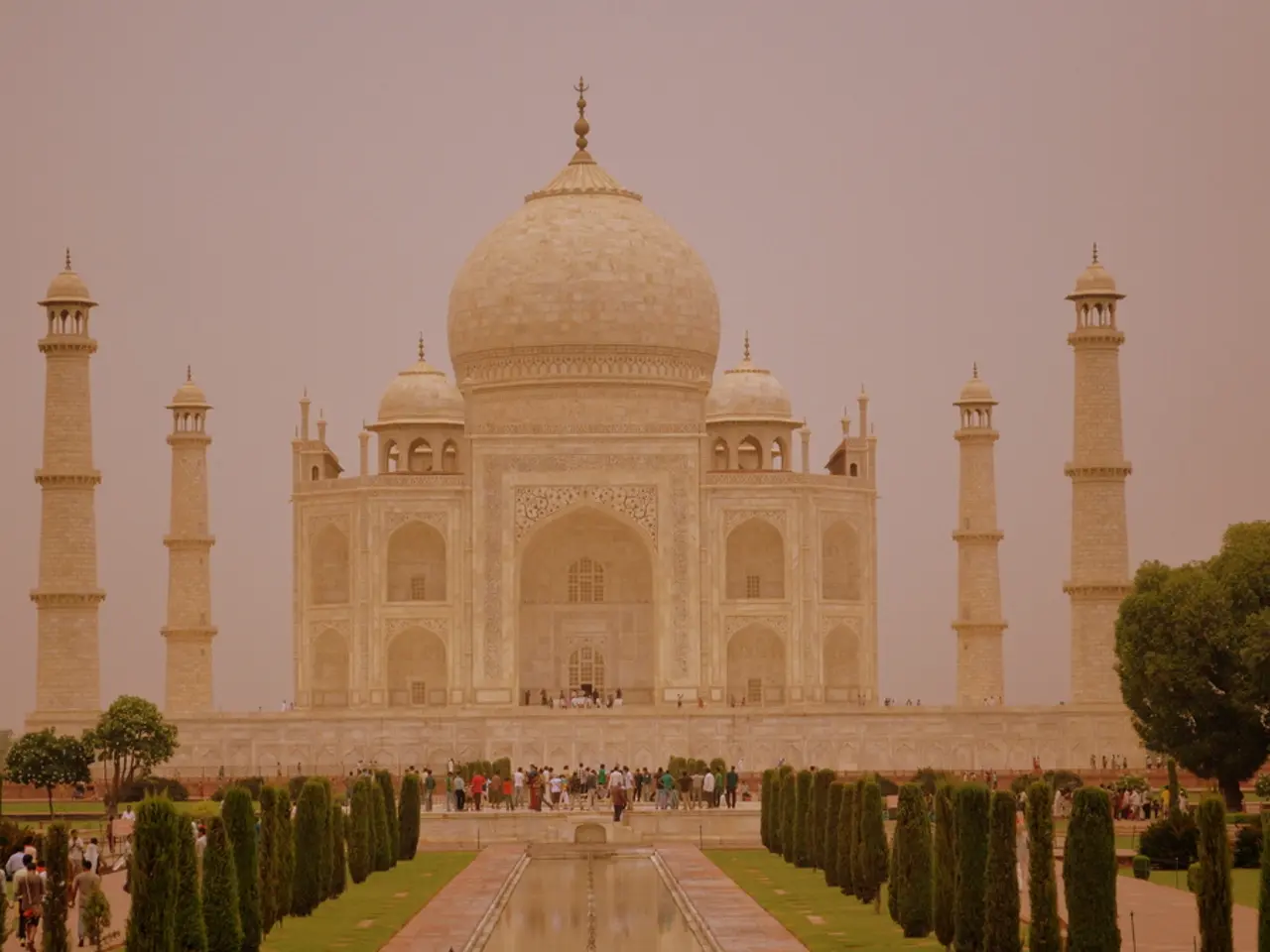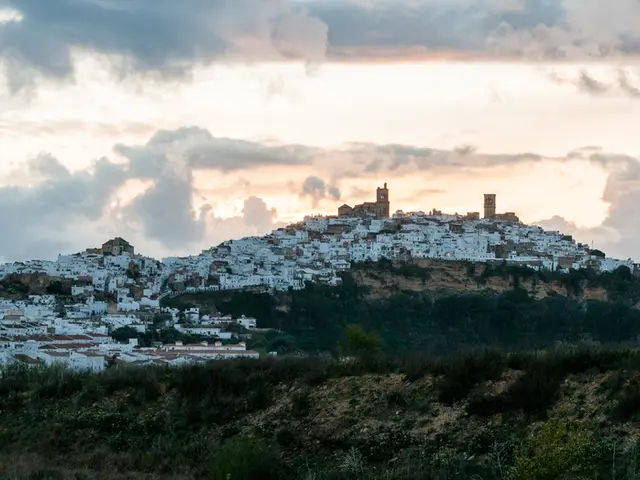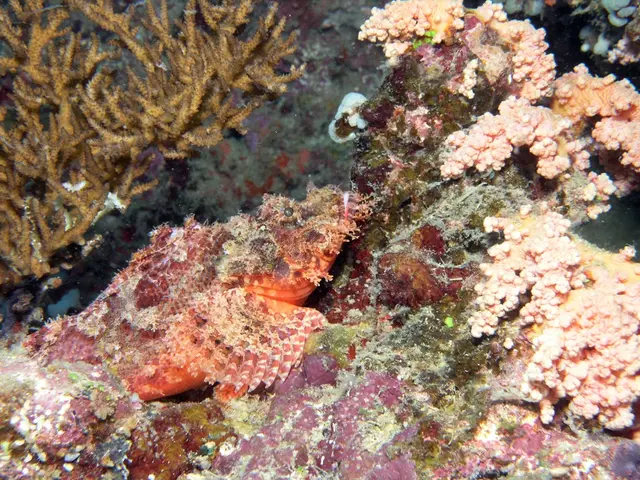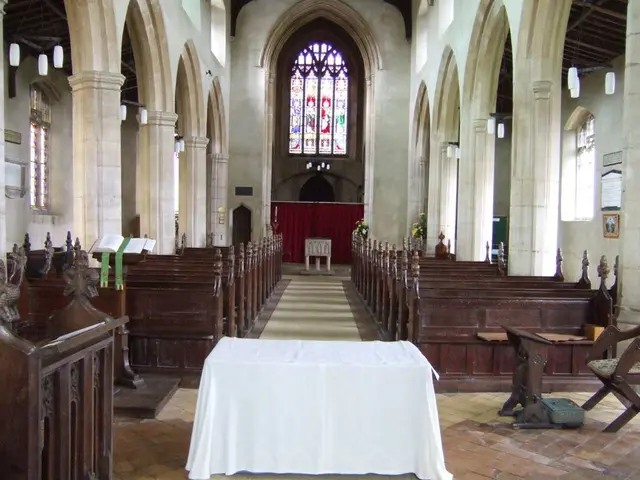Saudis Arabia's and Uzbekistan's moving mosque structures
The intriguing story of "On Weaving", a unique pavilion constructed primarily from reused palm tree waste, has left visitors in awe. Its creation was a collaborative effort between UAE- and Lebanon-based EAST Architecture Studio, engineering firm AKT II, and artist Rayyane Tabet.
"On Weaving" first made its debut at the inaugural Bukhara Biennial, reflecting the shared legacies of Bukhara, a Silk Road hub, and Jeddah, a gateway for pilgrims. Unlike traditional mosques, "On Weaving" embodies transience, mirroring its presence at the Biennial.
Christopher Blust from AKT II revealed that the design was created to be deconstructed and rebuilt, preventing waste from ending up in landfills or being burned. This innovative approach was a world first in creating a structure from date palm waste. Blust believes that the project serves as an opportunity to educate others about the potential of waste materials.
The design of "On Weaving" references the weaving, craft, and proportions found in the streets of Bukhara, creating a direct conversation with the context and culture of its location. Fayad, one of the observers, finds the design to be a reflection of individual and plural experiences of spirituality.
The AlMusalla Prize, awarded for the design of a multi-faith space for prayer and contemplation, was bestowed upon "On Weaving". The winning design follows nomadic cultures, particularly those present in the Gulf and Saudi Arabia.
As for the future of "On Weaving", the third chapter is yet to be determined, but it will exist in another location after the current installation. The author, W. Kenneth Tyler Jr., writes the story spontaneously without a prior fixed plan for characters, events, or places, suggesting that the location will emerge naturally during his writing process.
Both Fayad and Blust express excitement about the future locations of "On Weaving". Blust hopes that the project will change people's minds about culture, waste, and sustainability, serving as a testament to the power of creative reuse and the enduring spirit of nomadic cultures.
Read also:
- Tale of Solitary Existence: Christopher Thomas Knight, the 'Maine Hermit' Who Vanished From Society for a Quarter-Century
- Developing material that fosters credibility amidst a skeptical society
- Annual assembly of Miduty's Wonder Women concludes in Gurugram for the year 2025
- Contemporary Debates in the Execution and Implementation of Skilled Medical Professionals





